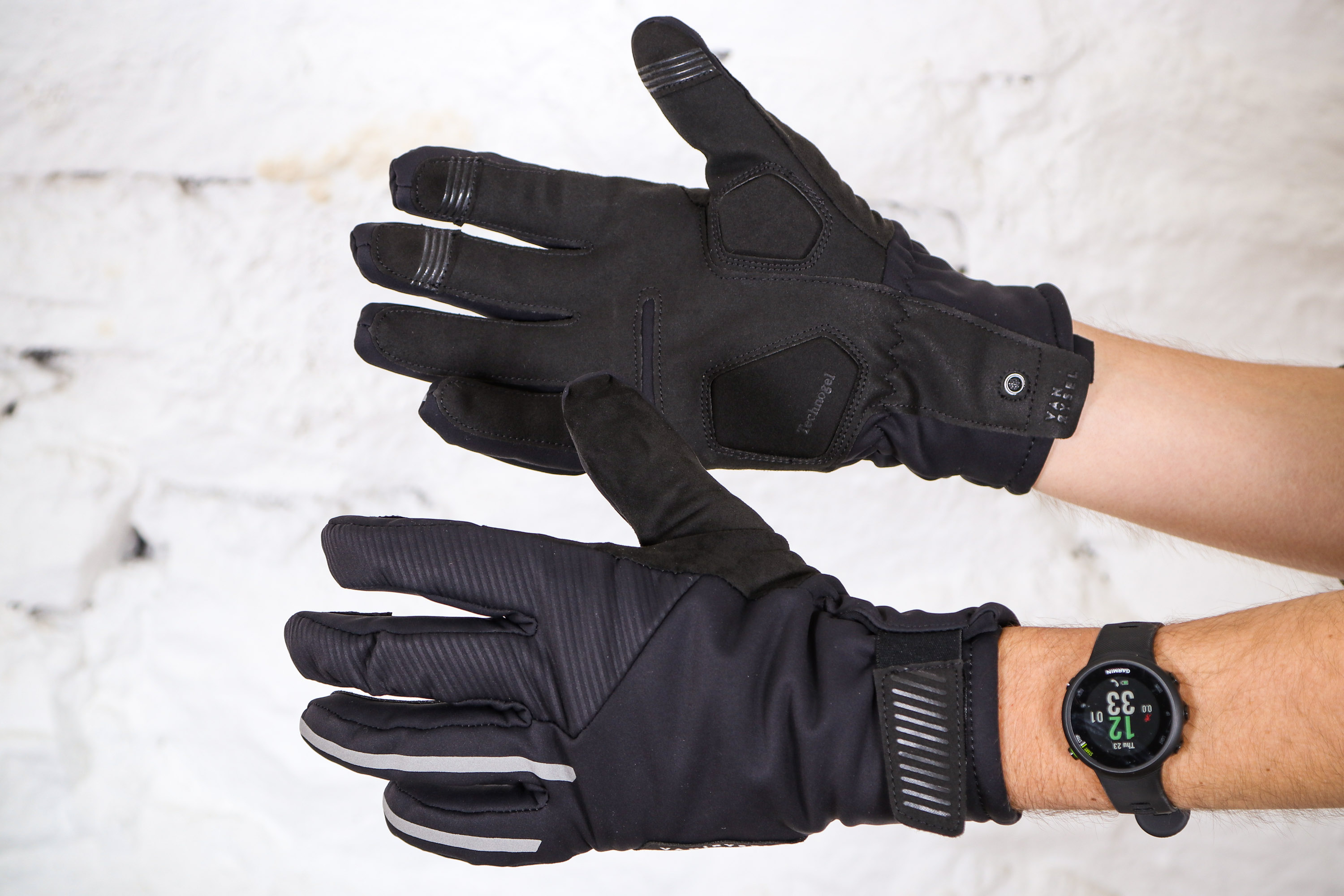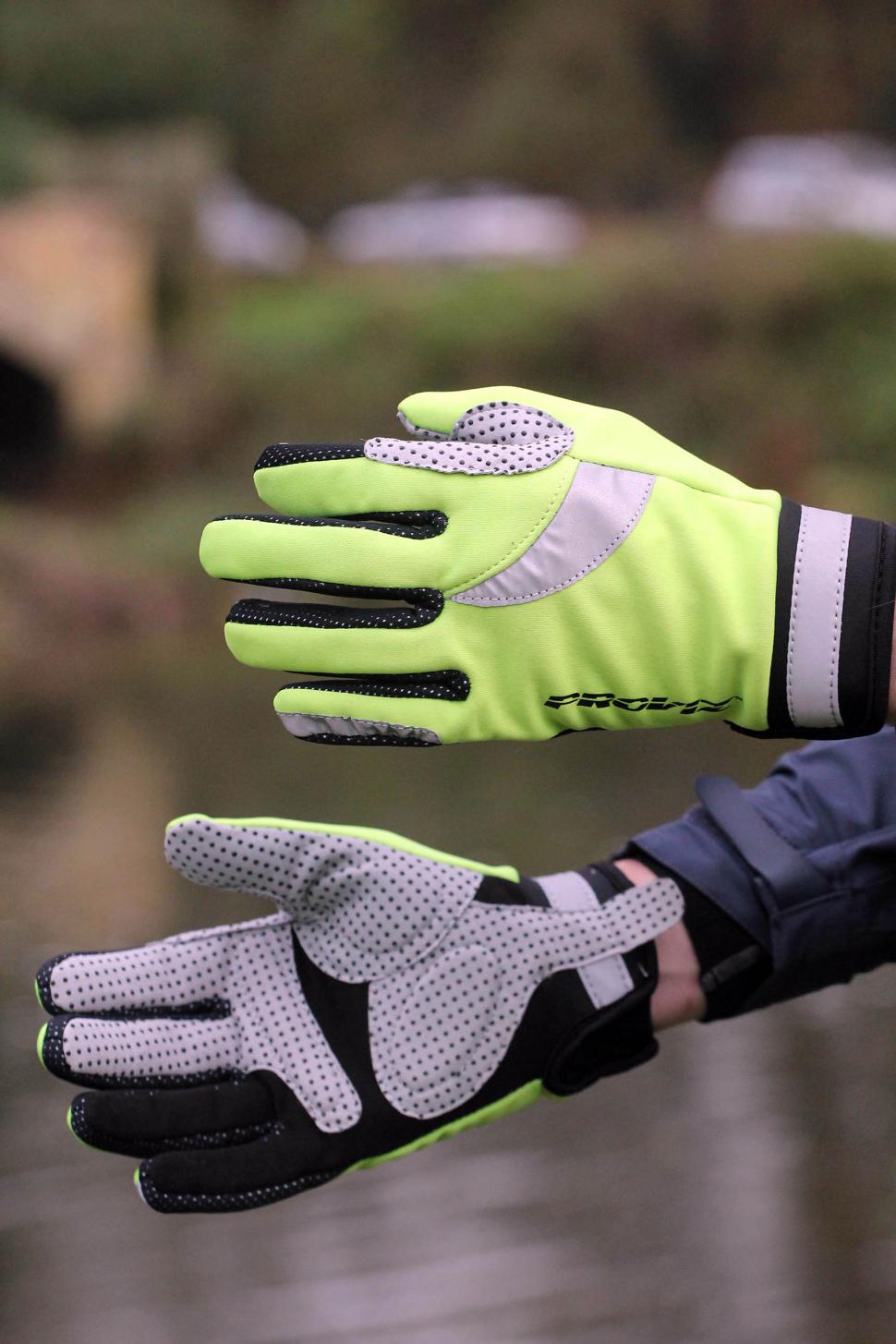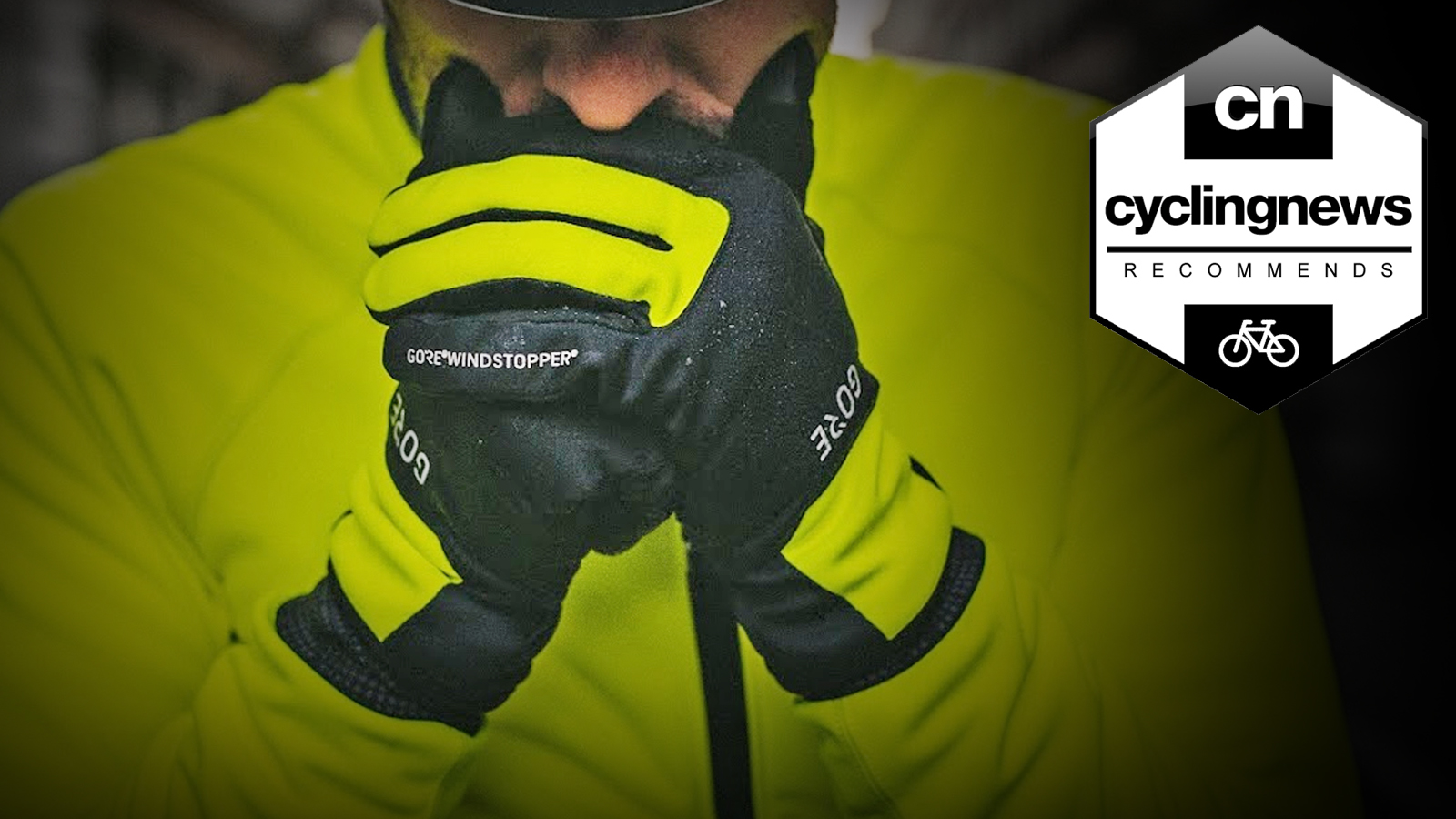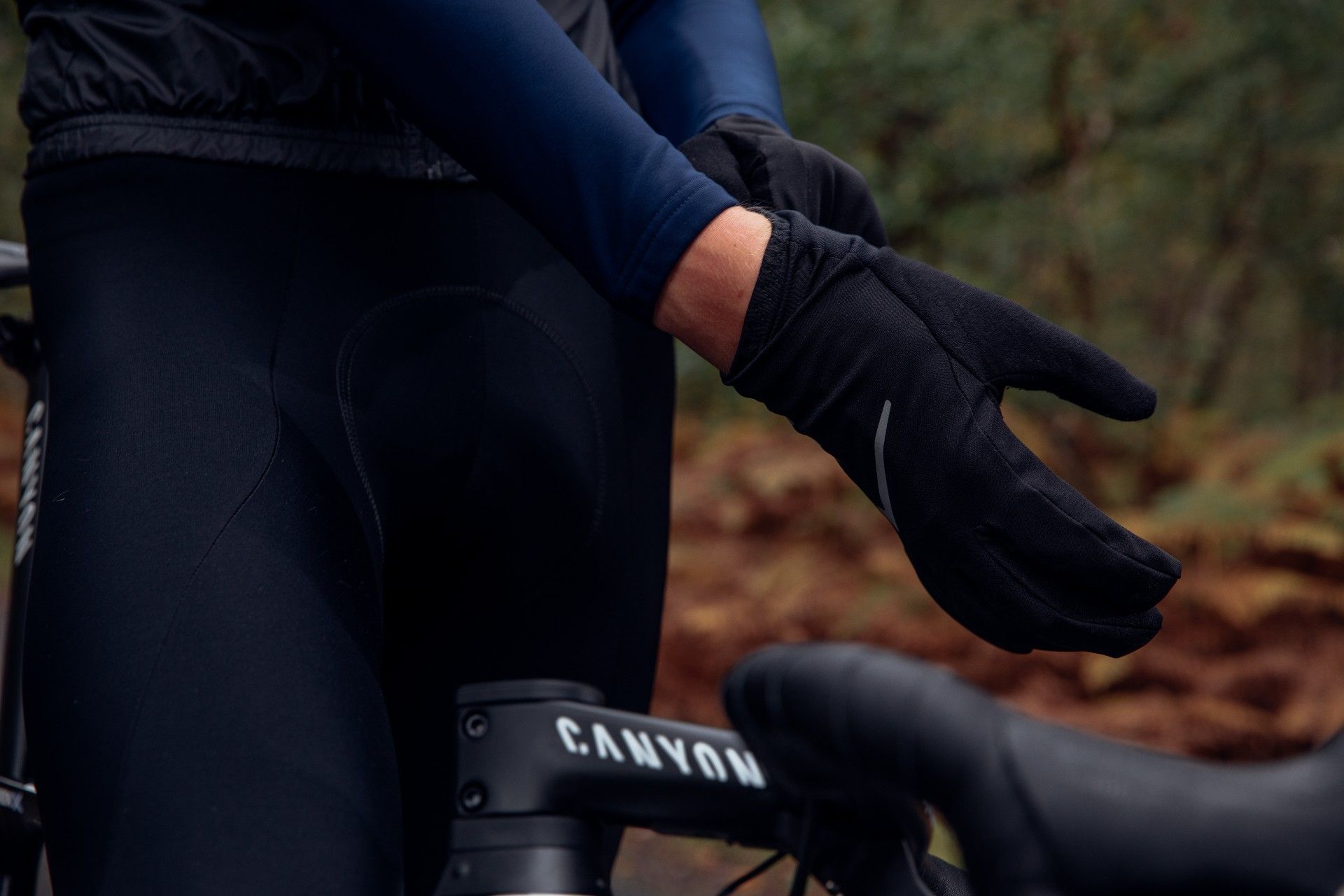Introduction: The Significance of Winter Cycling Gloves
When venturing out for a winter cycling session, it’s crucial to protect your hands from the chilly weather. Suitable gloves for winter cycling offer essential benefits, such as warmth, grip, and insulation from the elements. Neglecting to wear appropriate gloves may result in discomfort, numbness, or even frostbite, significantly impacting your cycling experience. Therefore, investing in the best gloves for cycling in winter is vital for maintaining optimal hand temperature, ensuring a secure grip on the handlebars, and safeguarding your hands from wind, rain, and snow.
Understanding Winter Cycling Gloves: Key Features and Considerations
When shopping for the best gloves for cycling in winter, it’s essential to consider several features that contribute to warmth, comfort, and functionality. These factors include insulation, waterproofing, breathability, grip, fit, and flexibility.
Insulation
Insulation is crucial for maintaining hand warmth during winter cycling. Look for gloves with insulating materials, such as fleece, Thinsulate, or down. These materials provide excellent thermal properties, trapping heat and keeping your hands cozy in cold conditions.
Waterproofing
Waterproofing is another vital feature for winter cycling gloves. Moisture from rain, snow, or sweat can quickly penetrate unprotected gloves, leaving your hands cold and clammy. Select gloves with waterproof membranes, such as Gore-Tex or Hipora, to ensure your hands stay dry and warm.
Breathability
While waterproofing is essential, breathability should not be overlooked. Excess moisture buildup inside gloves can lead to discomfort and chilling. Breathable materials, such as those with microporous structures, allow sweat vapor to escape, keeping your hands dry and comfortable.
Grip
A secure grip on the handlebars is crucial for safe and comfortable winter cycling. Choose gloves with silicone or rubberized grip sections to ensure a confident hold, even in wet or icy conditions.
Fit and Flexibility
Proper fit and flexibility are vital for optimal hand function while cycling. Ill-fitting gloves can restrict movement, cause discomfort, or even lead to injuries. Look for gloves that offer a snug fit without being too tight, allowing for a full range of motion and dexterity.
Selecting the Best Winter Cycling Gloves: A Comparative Analysis
When searching for the best gloves for cycling in winter, it’s crucial to compare various top-rated options to find the perfect pair for your needs. This section highlights some of the leading winter cycling gloves, discussing their unique features, pros, and cons. Factors such as price, durability, and user reviews are taken into account to provide a comprehensive analysis.
Gloves A
Gloves A are well-known for their excellent insulation and waterproofing properties, thanks to the high-quality Thinsulate lining and Gore-Tex membrane. They offer a secure grip and a comfortable fit, with reinforced fingertips for added durability. However, they are on the pricier side and may not be as flexible as other options.
Gloves B
Gloves B provide a more budget-friendly alternative, featuring a waterproof Hipora membrane and a warm fleece lining. They offer good grip and flexibility, with touchscreen-compatible fingertips for added convenience. However, they may not provide the same level of insulation as higher-priced options.
Gloves C
Gloves C are a popular choice among serious winter cyclists, boasting premium down insulation and a waterproof Gore-Tex membrane. They offer superior warmth, excellent waterproofing, and impressive flexibility. However, they come with a hefty price tag and may require more careful maintenance due to the down filling.
User Reviews
User reviews play a significant role in selecting the best gloves for cycling in winter. Positive reviews often highlight aspects such as warmth, waterproofing, and grip, while negative reviews may focus on issues like poor fit, lack of flexibility, or premature wear and tear. Thoroughly research user reviews to gain insights into the gloves’ real-world performance and long-term durability.
Brands to Consider for Winter Cycling Gloves
When searching for the best gloves for cycling in winter, it’s essential to consider reputable brands known for producing high-quality products. This section lists and briefly describes some of the leading brands in the winter cycling glove market, along with any notable awards or recognitions they have received.
Brand A
Brand A is a well-established name in the cycling industry, renowned for its high-quality winter cycling gloves. Their products often feature advanced materials, such as Gore-Tex and Thinsulate, ensuring excellent warmth, waterproofing, and breathability. Brand A has won multiple awards for its innovative designs and commitment to performance.
Brand B
Brand B is another reputable brand in the winter cycling glove market, offering a range of products designed for various winter conditions. Their gloves often feature waterproof membranes, such as Hipora, and insulating materials like fleece. Brand B has received recognition for its focus on affordability and value, making it a popular choice among budget-conscious cyclists.
Brand C
Brand C specializes in high-performance winter cycling gloves, utilizing premium materials like down insulation and waterproof Gore-Tex membranes. Their products are designed for serious winter cyclists, offering superior warmth, waterproofing, and flexibility. While Brand C gloves tend to be more expensive, they are often praised for their long-term durability and performance.
Additional Brands
Several other brands, such as Brand D, Brand E, and Brand F, also produce high-quality winter cycling gloves. These brands may not have the same level of recognition as the aforementioned brands, but they still offer reliable products with impressive features and performance. Research each brand to determine which one best suits your needs and preferences.
How to Choose the Perfect Pair of Winter Cycling Gloves: A Step-by-Step Guide
Selecting the ideal winter cycling gloves involves considering several factors, including hand size, preferred features, and budget. This step-by-step guide helps you navigate the process and find the best gloves for cycling in winter.
Step 1: Measure Your Hand Size
Determine your hand size using a tape measure or a Brannock device, which can typically be found in shoe stores. Measure the circumference of your palm at its widest point, usually just below the knuckles. Compare your measurement to the glove manufacturer’s size chart to ensure a proper fit.
Maximizing the Lifespan of Your Winter Cycling Gloves: Care and Maintenance Tips
Proper care and maintenance can significantly extend the lifespan of your winter cycling gloves, ensuring they remain functional and comfortable throughout multiple winter seasons. This section shares tips on maintaining and caring for winter cycling gloves, including cleaning, drying, and storage techniques, as well as addressing signs of wear and tear.
Cleaning Techniques
To clean your winter cycling gloves, use a mild detergent and warm water. Gently scrub the gloves, focusing on any areas with visible dirt or stains. Avoid using bleach or harsh chemicals, as these can damage the materials and reduce the gloves’ performance. Rinse the gloves thoroughly and allow them to air dry, avoiding direct heat sources like radiators or hair dryers.
Drying Techniques
Proper drying techniques are crucial for maintaining the waterproofing and insulating properties of your winter cycling gloves. After cleaning, gently squeeze out excess water and lay the gloves flat on a towel. Allow them to air dry naturally, away from direct heat sources. To speed up the drying process, stuff the gloves with paper towels to absorb excess moisture.
Storage Techniques
When storing your winter cycling gloves during the off-season, ensure they are clean and completely dry. Store them in a cool, dry place away from direct sunlight. Consider using a breathable storage bag or container to protect the gloves from dust, dirt, and pests. Avoid storing them in areas with high humidity, as this can lead to mold and mildew growth.
Addressing Wear and Tear
Inspect your winter cycling gloves regularly for signs of wear and tear, such as frayed seams, worn-out grip sections, or damaged waterproof membranes. If you notice any issues, consider repairing the gloves yourself or seeking professional assistance. Simple repairs, such as sewing a frayed seam or replacing a worn-out grip section, can often extend the lifespan of the gloves significantly.
Alternatives to Winter Cycling Gloves: Other Hand Protection Options
While winter cycling gloves are an essential piece of gear for cold-weather cycling, alternative hand protection options can provide additional warmth and comfort. This section discusses alternative hand protection options for winter cycling, such as glove liners, lobster gloves, and bar mitts, comparing their advantages and disadvantages.
Glove Liners
Glove liners are thin, lightweight gloves worn under your primary winter cycling gloves for added warmth. They are typically made of moisture-wicking materials, such as synthetic fabrics or silk, to keep your hands dry and comfortable. Glove liners can be easily removed and washed, making them a convenient and cost-effective option for maintaining hand warmth during winter cycling.
Lobster Gloves
Lobster gloves feature a unique design that separates the index and middle fingers from the ring and pinky fingers, allowing for better warmth retention without compromising dexterity. This design can be particularly beneficial for cyclists who struggle to find gloves that provide adequate warmth without sacrificing finger mobility. However, lobster gloves may take some time to get used to, and their bulkier design can make shifting and braking more challenging.
Bar Mitts
Bar mitts are large, insulated covers that fit around your handlebars, creating a warm, windproof cocoon for your hands. They typically feature a waterproof exterior and a fleece-lined interior, providing excellent warmth and protection from the elements. Bar mitts can be used with regular cycling gloves or bare hands, and they offer unparalleled warmth and comfort during extreme winter conditions. However, they can be cumbersome to install and remove, and their large size can make handling and maneuvering your bike more difficult.
Comparing Alternatives
Each alternative hand protection option offers unique advantages and disadvantages. Glove liners are a versatile and affordable solution, but they may not provide enough warmth on their own during extremely cold conditions. Lobster gloves offer a balance between warmth and dexterity, but they can take some time to get used to. Bar mitts provide unmatched warmth and protection, but they can be cumbersome and restrictive. Carefully consider your personal preferences, budget, and cycling conditions when selecting the best hand protection option for your winter cycling needs.
Conclusion: Finding the Perfect Pair of Winter Cycling Gloves
Investing in high-quality winter cycling gloves is crucial for maintaining hand warmth, grip, and protection during cold-weather rides. By understanding the essential features and considerations of winter cycling gloves, such as insulation, waterproofing, breathability, grip, fit, and flexibility, you can make an informed decision when selecting the best gloves for your needs. This comprehensive guide has provided a comparative analysis of top-rated winter cycling gloves, discussed reputable brands, and offered a step-by-step guide to choosing the perfect pair.
Additionally, this article has explored alternative hand protection options, such as glove liners, lobster gloves, and bar mitts, to help you compare their advantages and disadvantages. By prioritizing comfort, protection, and personal preferences, you can find the ideal gloves or alternatives to ensure enjoyable and safe winter cycling experiences.
When making a purchase, consider factors such as hand size, preferred features, and budget. Remember to read user reviews and compare prices, durability, and unique selling points. By following these guidelines, you can confidently select the best gloves for cycling in winter, ensuring warmth, grip, and protection from the elements for many seasons to come.








